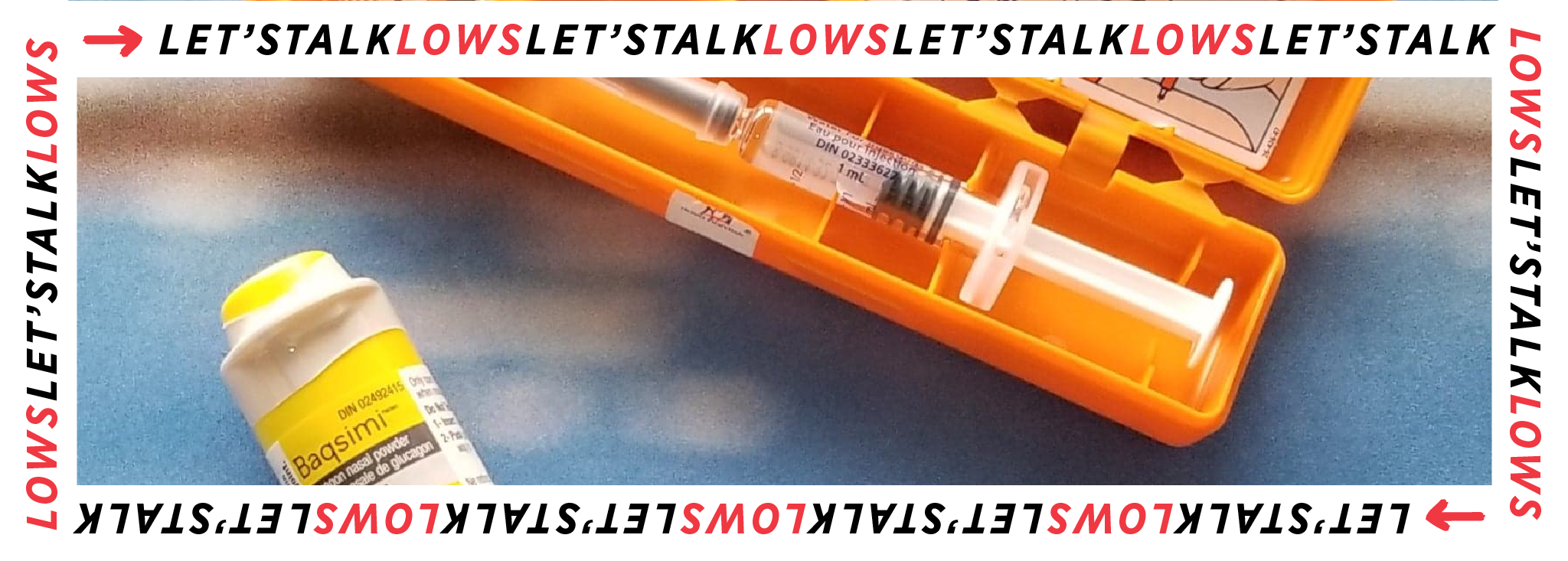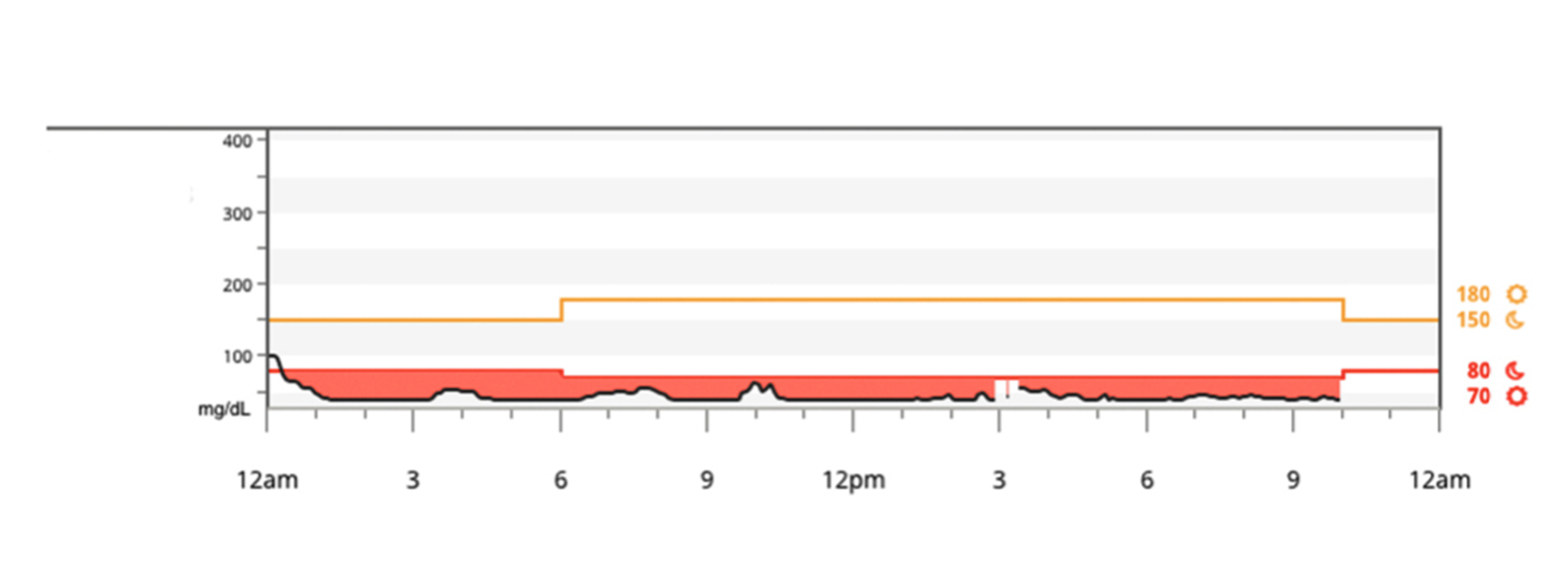Crashing Low While Riding Up — A Chairlift Emergency
Written by: Lauren Salko
2 minute read
May 20, 2020
Editor’s Note: This week, Beyond Type 1 will be focusing on hypoglycemia and severe hypoglycemia during our Let’s Talk Lows campaign. We’re looking at causes, symptoms, fears and treatment options. Follow along using the hashtag #LetsTalkLows and share your hypoglycemia experiences with the community.
I can’t even count the number of times I have been reminded to bring low supplies when adventuring in the mountains. I have always known that when I ride a chairlift, I need to have low supplies. As a professional skier I have ridden the chairlift some 25,000 times or more. I have been on countless chairlift rides that stopped for some period of time (it’s not unusual at all). I have been low on chairlift rides many many times and I have used glucagon in an emergency twice… but I have only ever had one scary low while on a chairlift.
I was on a low speed double chair with a teammate heading to the top of the ski cross course for an official training day. I had been having erratic blood glucose levels (BGs) the whole trip. When I got on the chair I felt fine but I started to feel a little low a few minutes in. I decided to do a finger prick and treat at the top of the course because I really don’t like going into my backpack while on the chair (what if I dropped something!?). My Dexcom said my blood sugar was stable so I thought it could wait. When the chair stopped my teammate and I were having a good conversation and it wasn’t super cold out so I wasn’t concerned. This particular chair stops frequently but only for a few minutes usually. Suddenly, I started to feel really low so I ate some glucose tabs. My next Dexcom reading showed double arrows down and a blood sugar in the 70s. I started to sweat profusely.
It was right at this moment that I realized I had forgotten to drink my pre-workout down in the lodge. I had given myself insulin for 45 carbs that I had not ingested.
My teammate tried to call my coach to find out what was going on with the chair and let him know I was low but we didn’t have service. I made the decision to administer my Baqsimi nasal glucagon before things got worse. I had never used Baqsimi before but I have always tried to keep glucagon in the backpack I bring to the hill. I was surprised by how easy it was to use. In a matter of minutes (six or seven I think), I started to feel better. My blood sugar climbed steadily to the mid 200s and then leveled off.
I decided not to train that day because I was a little bit shaken up and I never feel well after lows, but my blood sugar didn’t go crazy high, I didn’t feel awful and I was glad I had brought the Baqsimi with me.
Low blood sugars happen no matter how careful you are and it is important to always be prepared. I know that I for one haven’t always had glucagon on me all the time but after this experience, I make sure to have it on me all the time. Things definitely could have gone much worse if I hadn’t been prepared.
Educational content related to severe hypoglycemia is made possible with support from Lilly Diabetes (BAQSIMI), an active partner of Beyond Type 1 at the time of publication. Editorial control rests solely on Beyond Type 1.
This content mentions Dexcom, an active partner of Beyond Type 1 at the time of publication. This content was not created as part of that partnership.

Author
Lauren Salko
Lauren Salko is a professional skier living with type 1 diabetes. Lauren spends her winters traveling the world competing in Ski Cross and her off season traveling the country speaking to others living with type 1 about her experience as a professional athlete. Lauren is almost always accompanied by her diabetic alert dog, Silas. You can find out more about Lauren at www.laurensalko.com or her Instagram @skiersalko.
Related Resources

Editor’s Note: This article was part of Beyond Type 1's focus on hypoglycemia and severe...
Read more

Editor’s Note: This week, Beyond Type 1 will be focusing on hypoglycemia and severe hypoglycemia...
Read more

My friend always refers to them as the “come at me bro” arms, but more...
Read more

